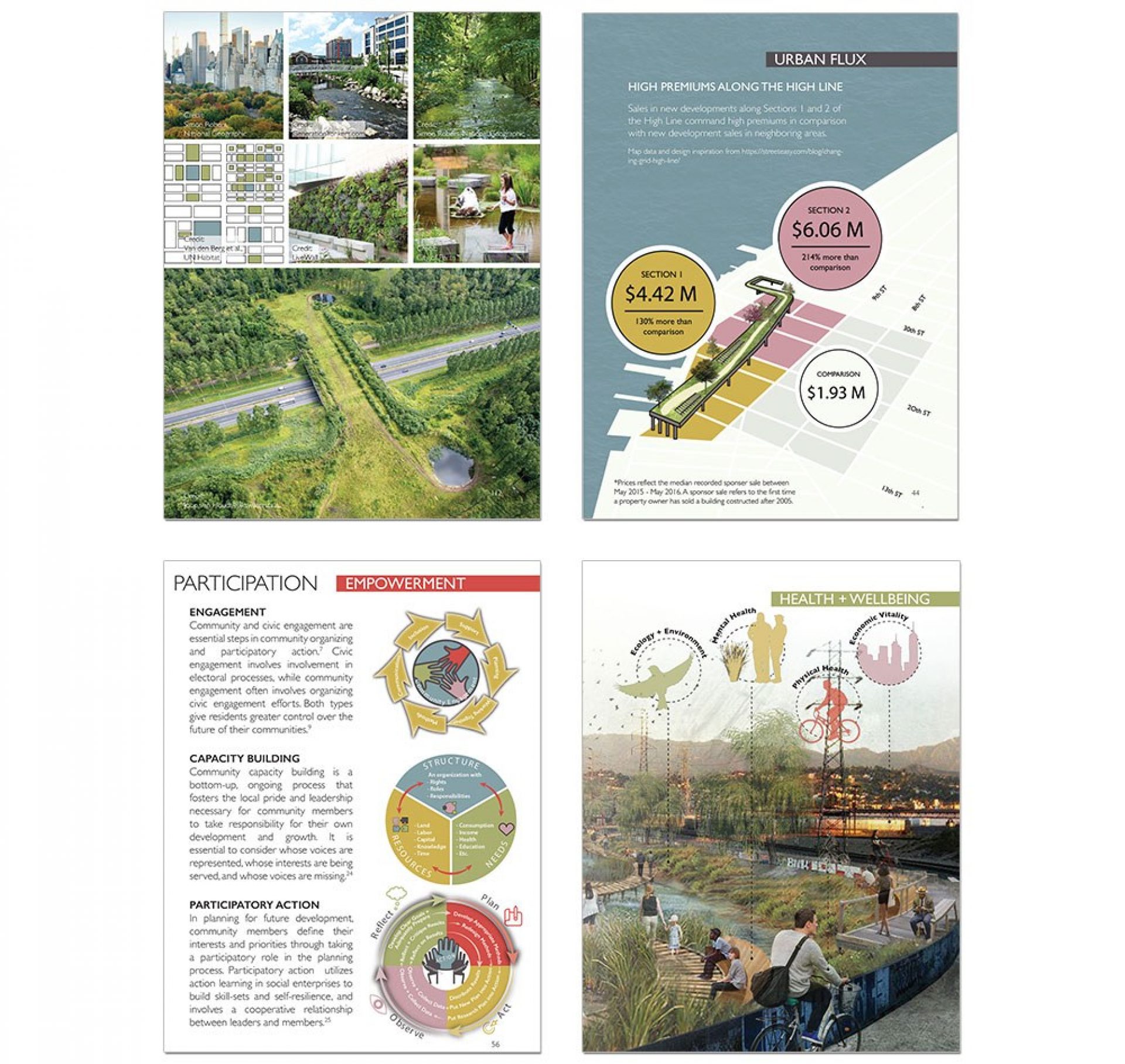Who We Are
What We Support
Sharing Our Work
Sharing Our Work

The 2018 Studio Project was forecasted to redesign the 15th Ave East commercial node in a way that retained the neighborhood's soul and history while also cultivating a more "public life" culture. Their work was grounded in expressed wishes of the local neighborhood residential and commercial community that was garnered in a workshop in Spring of 2018. The participants of the workshop addressed safety, green space, small businesses, job development, and thoughtful density as their top priorities and concerns. The Studio explored how they can address these desires and will proposed policies, plans designs, and guidelines for improvements to 15th Ave East street and the public realm.
For centuries, cities have shaped nations and regions, serving as centers and catalysts of cultural, political, scientific, and commercial life. Cities are comprised of dynamic and complex webs of evolving pieces, and urban public spaces make up a number of these components. Although the mid-twentieth century experienced urban flight to the suburbs, research suggests that there is a pattern of migration back to the city due to both production and consumption purposes such as increased service-related jobs and preferences for city amenities. The desire to move back to urban areas fuels hope for a sustainable future, but research suggests there are potential negative ramifications for existing long-term low-income and minority populations who cannot afford to stay in place and benefit from urban investments to “thrive in place.” This document is based on the belief that local communities should have available to them the processes to advocate for and achieve better environmental conditions and that local communities, regardless of race or socioeconomic status, should have equal access to quality public spaces. We believe pubic space equity is a critical component of a sustainable city.
Public Space Equity (n) – condition where decisions about, access to, and quality of public space are not distinguished by place or group affiliation.
Public Space Equity (v) – a.k.a. Pro-equity (adj.) public space development – listening to and learning from those whose needs are most acute, so their priorities, concerns, ambitions, and resources are centered in place improvements and public space amenities that stabilize neighborhoods, foster belonging, and correct for historic inequities in public amenities.
In order to provide urban residents with quality environments without negative impacts on existing communities, principles of environmental and social justice should be at the forefront of public space and urban greening initiatives. This document outlines the benefits of public space and provides a series of tools for civic leaders, city planners, policy makers, designers and residents to utilize to foster equity in urban areas.
Environmental justice gained momentum throughout the 1960s and 1970s due to its correlation with the U.S. civil rights and environmental movements. “Environmental Racism” focused on the unequal distribution of levels of pollution and environmental stressors in low-income minority communities and workplaces. Environmental justice gained national awareness in 1982, when approximately 500 predominately low-income, African American community members staged a protest against the siting of a polychlorinated biphenyl landfill adjacent to their homes in Warren County, North Carolina. This protest led to an investigation by the U.S. General Accountability Office. The investigation discovered that three of four hazardous landfill sites are located in low-income, predominately African American communities.
